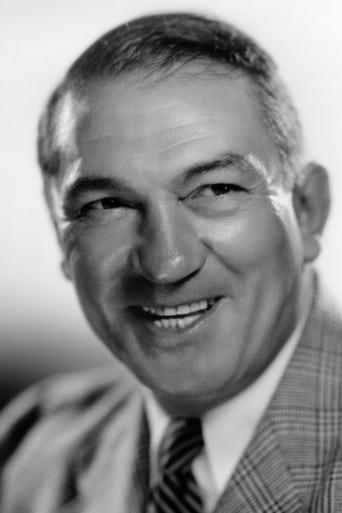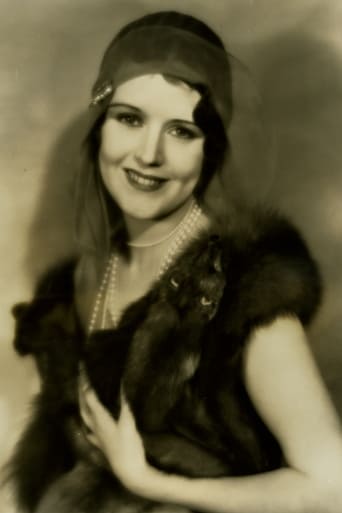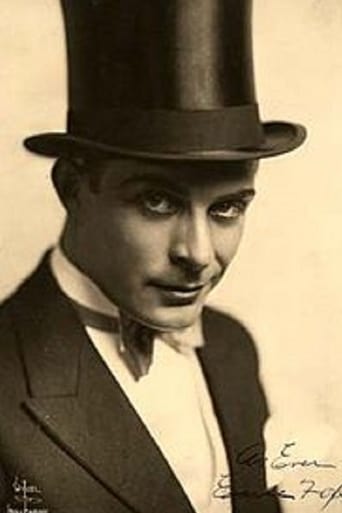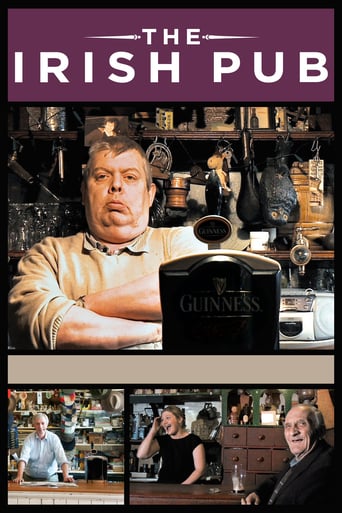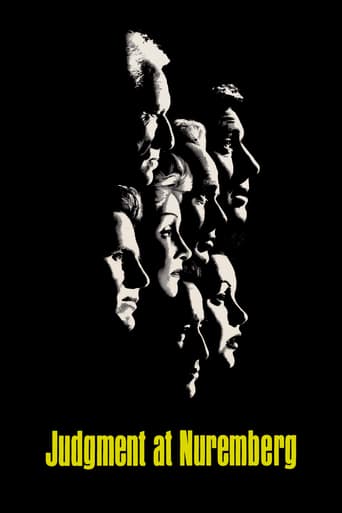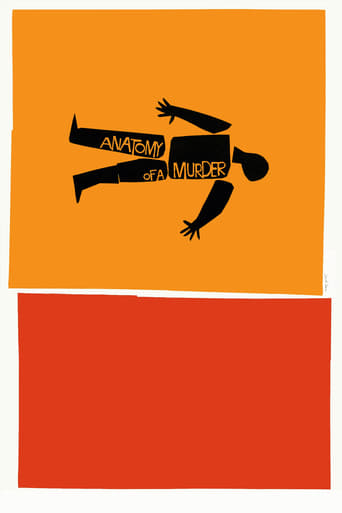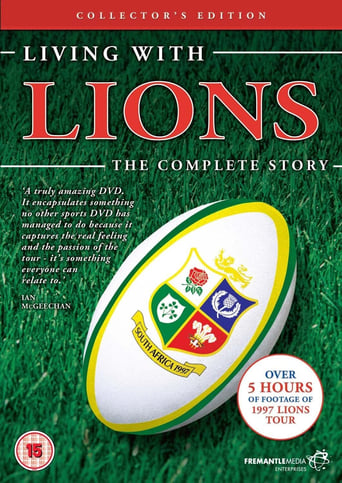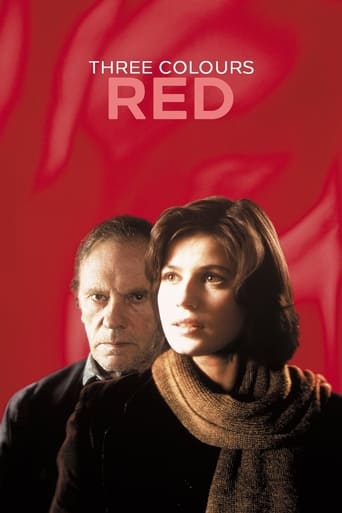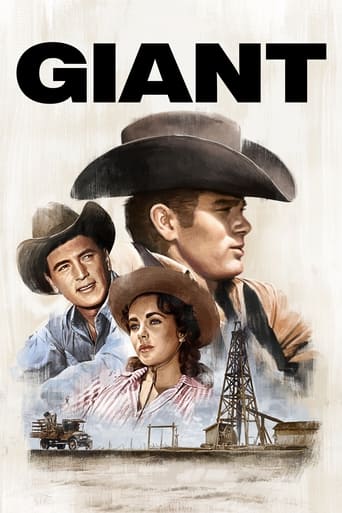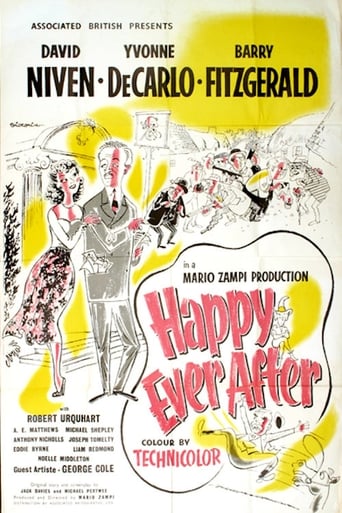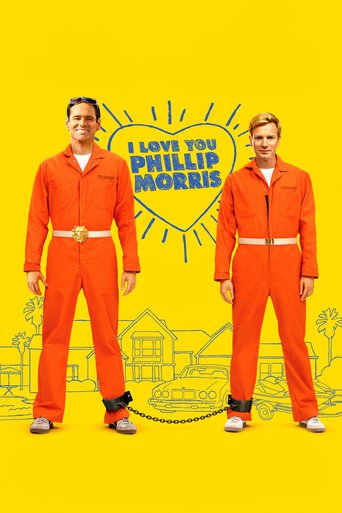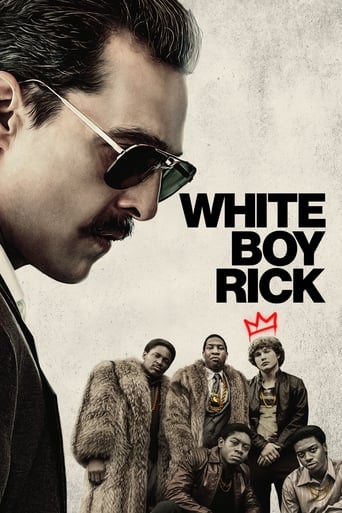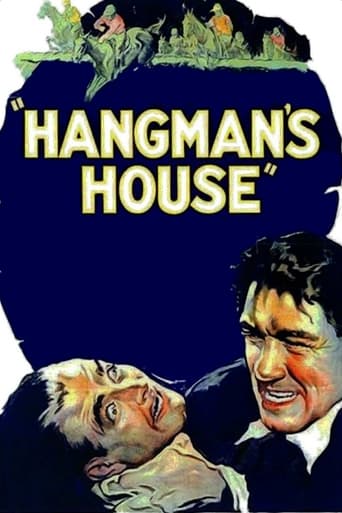
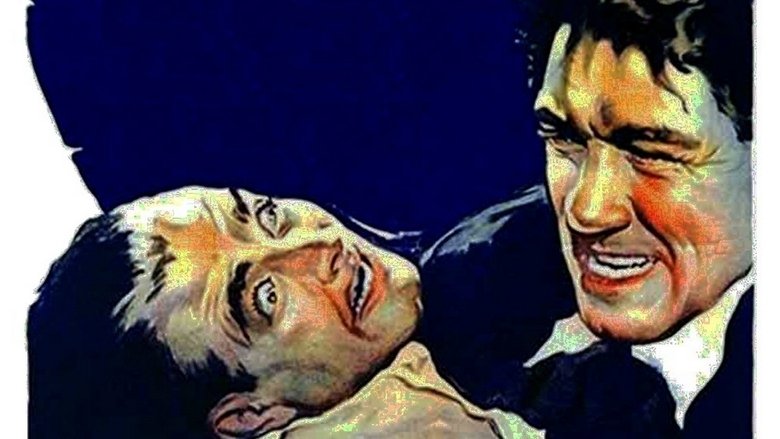
Hangman's House (1928)
Forced by her mean-spirited father, Lord Chief Justice James O'Brien, to marry a man she doesn't love, Connaught O'Brien gives up hope of ever with her true love, Dermot McDermot. After her father dies and a hunted rebel leader returns to town, however, Connaught finds a renewed hope that the tides of oppression will shift and she might again find happiness. This silent romantic drama, set in Ireland, is the first film in which a then-unknown John Wayne is clearly visible.
Watch Trailer
Cast


Similar titles
Reviews
. . . in another of his Paeans to Paganism, titled HANGMAN'S HOUSE. Educated people know that Democracy was invented centuries ago in a small island chain called Great Britain, when the Magna Carta was signed. The British had to enlighten the inhabitants of their outer islands that such practices as Cannibalism and Soccer were Bad Heathen Habits, but some of their more backward atolls remain subject to backsliding even in Today's 21st Century, as evidenced by the recent Brexit vote. Mr. Ford comes down hard on the side of the Satanic Idolators, portraying the few Civilized Brits appearing on-screen here as Cartoonish Snidely Whiplashes. This is especially grating upon informed movie watchers' sensibilities, as they're aware that in Real Life Mr. Ford and his notorious "Road Company" featuring miscreants such as Victor McLaglen (seen here), Ward Bond, and the infamous (and justly hung here) Marion Mitchell Morrison not only engineered and pulled the strings for the murderous McCarthy Witch Hunt Punch & Judy Show, but they also sang like canaries, back-stabbing unsuspecting colleagues over petty jealousies, coveted Floozies, or professional opportunities as the Super Duper Snitch Squad. This makes Ford's "snitches get stitches" pretense during HANGMAN'S HOUSE particularly galling. The only comforting thought to be found here is that Mr. Ford no doubt is Roasting For Real right now, like his Snidely Whiplash character in HANGMAN.
I rented this at Netflix to see John Wayne in his earliest credited role, and there he is and in more than one scene, too, at the races. They had to kind of bury him with a family and friends and put him in the back of a wagon, until it was time to tear down the fence, in order to tone down this extra's height, good looks, and enthusiasm! Otherwise, he would have taken over the whole scene. No wonder Ford was interested in him.In addition to Wayne, though, I was surprised to see how good this movie is overall, even today. It has some of the 1920s melodramatic touches and rather silly (from today's perspective) plot devices, but that is more than outweighed by John Ford's film shots of the Irish countryside and its people.I swear Ford took some of the "Irish" shots out of this and set them into "The Quiet Man," in color and with sound; for example, the buggies with the men and women in the side seats are just shown in passing in "Hangman's House," but of course Ford makes them a prominent plot device in "The Quiet Man." There is actually more loving detail of upper class Irish life in "House," including some spectacular sets of houses and the waterways, than in "Quiet Man." Listen to the music in the race scene in "House": it's a version of the same tune that Michaleen starts in the last sequences of "The Quiet Man," when Wayne goes down to the train station to fetch O'Hara home. I always wondered why Ford featured that so prominently.Ford also used some very imaginative camera setups, including having some of the horses in the race come straight at the camera and then jump over it, as well watching the old hanging judge suffering torments of conscience...with the camera filming him from the back of the fireplace, through the flames! Victor McLaglen dominates the film, too. It's quite a revelation for someone who has just seen him in "The Quiet Man,"and seeing his performance in "House" enhances the whole fight scene at the end of "The Quiet Man."All in all, this excellent movie complements "The Quiet Man" quite well.
Hangman's House (1928) *** (out of 4) John Ford directed this melodrama about an infamous hangman judge who's on his death bed when he asks his daughter (June Collyer) not to marry the man she loves (Larry Kent) but instead marry a man (Earle Foxe) who isn't any good but carries a certain social flame. As it turns out, this man is responsible for the suicide of a woman who just happens to have a brother (Victor McLaglen) who sets out for revenge. Once again Ford perfectly captures the mood, feel and atmosphere of the Ireland settings and makes a very fast paced film. The movie is mainly melodrama but there's an added touch of what would eventually become known as Gothic Horror. The creepy house used in the film is something you'd expect to see in a Euro Horror film as it really becomes its own vital character. The visuals are great throughout and really add to the dread of the situations and the entire cast shines in their roles. Foxe makes for a great villain with Kent a likable and sympathetic character. McLaglen steals the show as the brother who will stop at nothing to get vengeance. The finale contains some great stunts with the climax clearly being the highlight of the film. There's a scene here, which Ford would later use in The Quiet Man and we also get a clear view of a young John Wayne during one scene.
Having worked as a 'grip' during his summer holidays between terms at the University of Southern California, John Wayne was given the opportunity to rub shoulders with John Ford in this film as an extra. When Wayne sustained an injury to his shoulder, Ford suggested to him to work full-time in films.


